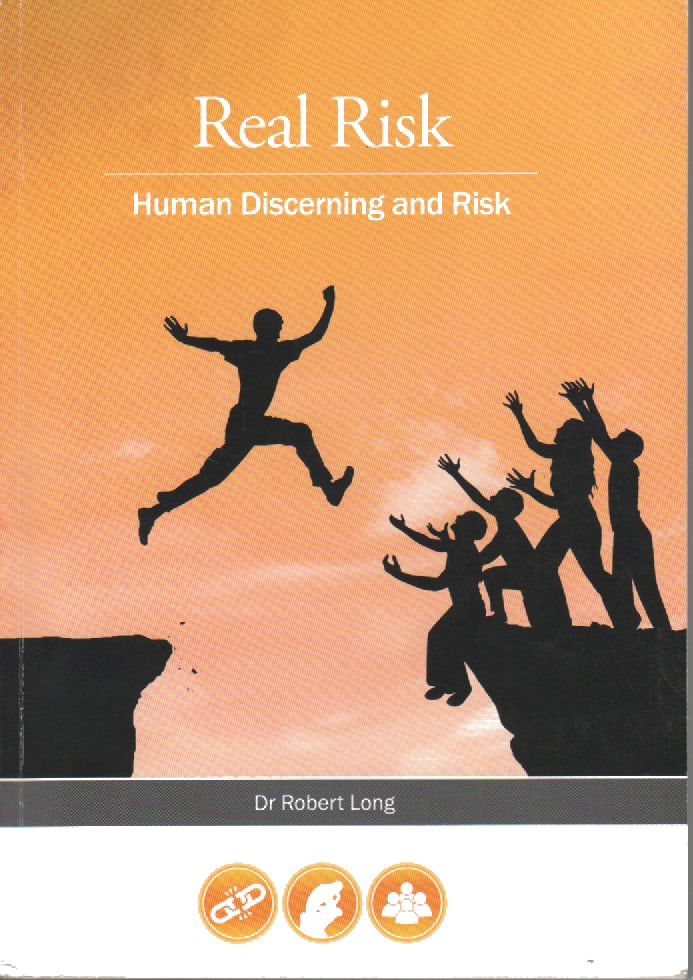Macquarie University researcher Sharron O’Neill is traveling around Australia refining, through consultation and seminars, her research into Work Health and Safety (WHS) Due Diligence. In a Melbourne seminar this week O’Neill, and her colleague, Karen Wolfe, provided thought-provoking discussions on three principal areas:
- Due Diligence,
- Performance Indicators, and
- Reporting.
Below are some of my thoughts that they provoked.
WHS Due Diligence
WHS Due Diligence is still a poorly understood concept. Part of the reason is that the major explainers of due diligence seem to be, predominantly, labour lawyers who, not surprisingly, emphasis the legal requirements and origins rather than the safety elements and application. There are few safety professionals who are explaining due diligence; rather they are discussing OHS/WHS in the context of due diligence.
One colleague explained how an established organisation employed her as their first dedicated OHS professional around the same time as due diligence was being discussed as part of the national OHS harmonisation process. By looking through the company’s existing system of work,

 It is very common to hear people say that the core motivation for introducing or improving workplace safety management is to cover one’s arse (to protect oneself from various legislative and reputational exposures), be that the collective arse of management, the board and executives or the arse of the individual worker. This is a fundamental misunderstanding of the intention occupational health and safety (OHS) laws and principles yet the fear of reputational damage is a strong motivator of change with which safety professionals should learn to work and, perhaps, exploit, particularly as the traditional methods for corporate embarrassment, the media, are declining.
It is very common to hear people say that the core motivation for introducing or improving workplace safety management is to cover one’s arse (to protect oneself from various legislative and reputational exposures), be that the collective arse of management, the board and executives or the arse of the individual worker. This is a fundamental misunderstanding of the intention occupational health and safety (OHS) laws and principles yet the fear of reputational damage is a strong motivator of change with which safety professionals should learn to work and, perhaps, exploit, particularly as the traditional methods for corporate embarrassment, the media, are declining. When people mention safety, they are often really talking about risk. In a similar way, people talk about the absurdity of ‘elf ‘n’ safety when they actually mean public liability or food safety or
When people mention safety, they are often really talking about risk. In a similar way, people talk about the absurdity of ‘elf ‘n’ safety when they actually mean public liability or food safety or  A quick online search reveals a plethora of advice and information about choosing the right mood-altering paint colours for office walls and selecting the best beanbags for worksite chill-out spaces. Not to mention the availability of on-site massages to ease employee tension and anxiety.
A quick online search reveals a plethora of advice and information about choosing the right mood-altering paint colours for office walls and selecting the best beanbags for worksite chill-out spaces. Not to mention the availability of on-site massages to ease employee tension and anxiety.